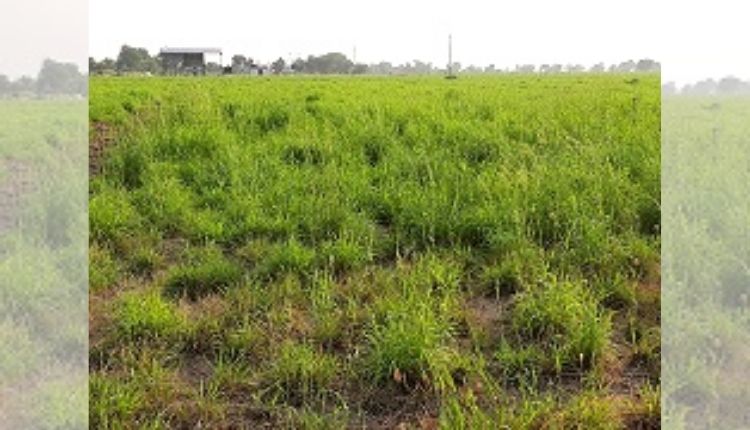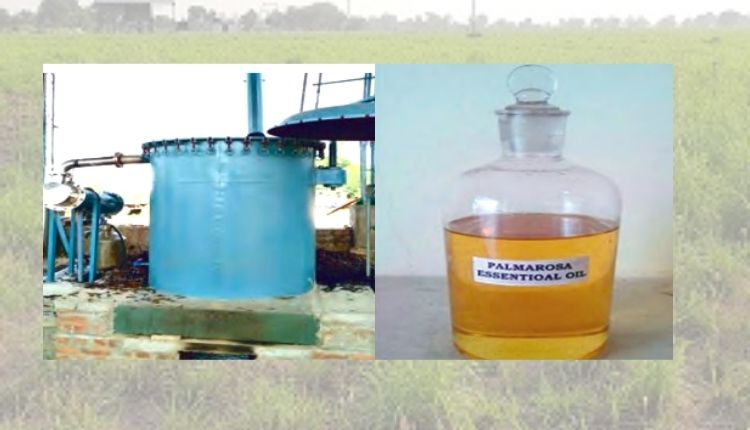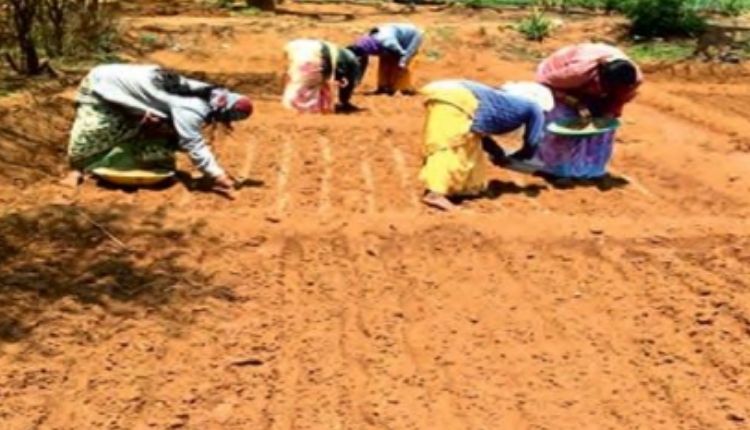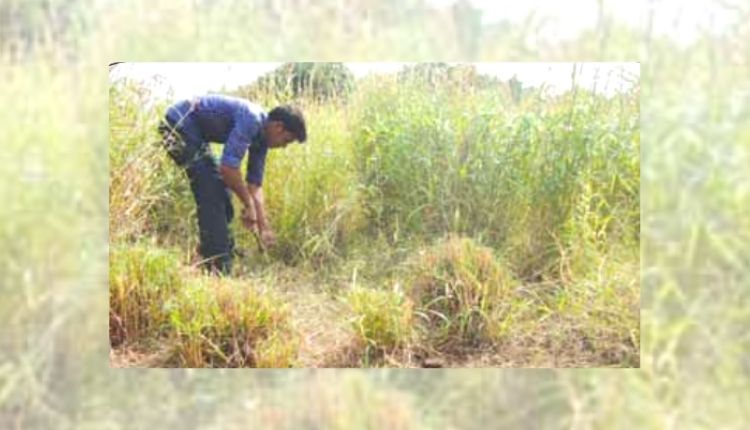How Rosha Grass (Palmarosa Farming) helps earn great income?
Earn great income by cultivating Rosha grass on barren and less useful land
Rosha grass oil has an important place in the production of aromatic oils in India. Its commercial cultivation is done on a large scale in the country. India is the largest producer of it. This can give a net profit of more than 1.5 lakh rupees per hectare in the first year. This increases the profits further in the coming years. For cultivating Rosha grass, farmers are greatly helped by CIMAP, Lucknow and its associated centers. Apart from seeds, necessary guidance is also provided to them.
Rosha grass or Palmarosa is a perennial aromatic plant. Aromatic Rosha oil is extracted from it. The origin of Rosha grass is considered to be in India. India is the largest producer of it. Its cultivation costs less and returns more than traditional crops. The cultivation of Rosha grass gives good income even in less fertile and less rainfed i.e. dry areas. Rosha grass yields for 3 to 6 years once transplanted. Out of this, the yield is high for four years, then the quantity of oil starts decreasing. Rosha grass is also very rarely attacked by pests and diseases.

Rosha grass makes difficult farming easier
Rosha grass can be cultivated in fertile, less fertile or even infertile soil with pH value around 9.0. It can also be successfully planted in areas with less irrigation and between upright growing trees such as eucalyptus and poplar. Such unfavourable conditions of cultivation do not have any harmful effect on the quality of Rosha grass oil. Different parts of Rosha grass contain different amounts of oil. On an average, 0.1 to 0.4 percent of the whole plant, 0.45 to 0.52 percent in the flowers, 0.16 to 0.25 percent in the leaves and 0.01 to 0.03 percent in the stalk.
Also Read: Effect of AQI on Agriculture, Crop Yield and Food Production
Uses of Rosha grass oil
The scent of Rosha oil is similar to that of a rose. It is widely used in perfumery, cosmetics and as a spice. Rosha oil is also used in the manufacture of antiseptic, pain reliever, skin diseases, medicines related to bone joint pain and lumbago (stiff back), and also in mosquito repellent. Farmers are greatly helped by CSIR-Central Institute of Medicinal and Aromatic Plants (CIMAP), Lucknow and many related research centers for cultivating Rosha grass. Apart from seeds, necessary guidance is also provided to them.

India is the largest producer of Rosha Grass Oil
CIMAP has also developed several improved varieties of Rosha grass. Like PRC-1, Trishna, Tripta, Vaishnavi and Harsha. Out of this, PRC-1 is very popular among farmers. Its oil has an important place in the production of aromatic oils in India. Commercial cultivation is done extensively in Uttar Pradesh, Rajasthan, Maharashtra, Andhra Pradesh, Telangana, Karnataka, Punjab, Haryana, Tamil Nadu, Gujarat and Madhya Pradesh. It is also grown in Assam, Bihar, Uttar Pradesh, Kerala, Manipur, Himachal, Nagaland, Jammu and Kashmir and West Bengal. Apart from India, commercial cultivation of is also done in Indonesia, East African countries, Brazil, Cuba, Guatemala and Honduras.
How to do improved cultivation of Rosha grass?
Rosha grass can be propagated by direct seed sowing method apart from transplanting its rooted plants. For commercial cultivation, the transplanting method of nursery prepared plants has been found to be better. Nursery should be made in an area of 400-500 sqm for transplanting in one hectare field. Seeds should be sown only after irrigating well after making raised beds in the nursery and mixing rotten dung manure or earthworm manure in appropriate quantity.
Climate: Rosha grass plant has the ability to tolerate temperature from 10° to 45° C. Warm and moist climate is ideal for plant growth as it provides good amount of oil to the plant. Waterlogged fields should not be selected for this. An area with annual rainfall of 100 to 150 cm is also suitable. The growth of Rosha grass ranges from 150 to 250 cm. It is also a suitable crop for drought affected and completely rainfed areas.
Field preparation: The preparation of the field also depends on the method of transplanting i.e. seed or seedlings. Generally, to make the soil of the field friable, at least twice a harrow or cultivator should be plowed. At the time of last plowing, 10 to 15 tonnes of decomposed cow dung per hectare should be applied in the field.

Nursery process: April to May is the best time to prepare plants in nursery. A quantity of 25 kg seed is required per hectare. The seed should be sown with sand at a distance of 15-20 cm and a depth of 1-2 cm or by sprinkling it over the beds. Keeping the nursery moist continuously with water sprinkling results in early germination and they are ready for transplanting in the field within about a month. When the plants are 20-25 cm high from the beds, they should be uprooted by giving them enough moisture.

Planting in the field: Plants removed from the nursery should be transplanted at a distance of 60×30 cm in a well prepared field. If the length of the plant has become more in the nursery, then it should be cut from the top. The field should be irrigated before transplanting and if there is a delay in the rains of transplanting, then light irrigation must be done.
Contact us: If farmers want to share information or experiences related to farming with us, then they can do this by calling us on the phone number 9599273766 or by writing an email to [email protected] or by sending your recording. Through Kisan of India, we will convey your message to the people, because we believe that if the farmers are advanced then the country is happy.
You can connect with Kisan of India on Facebook, Twitter, and Whatsapp and Subscribe to our YouTube channel.



